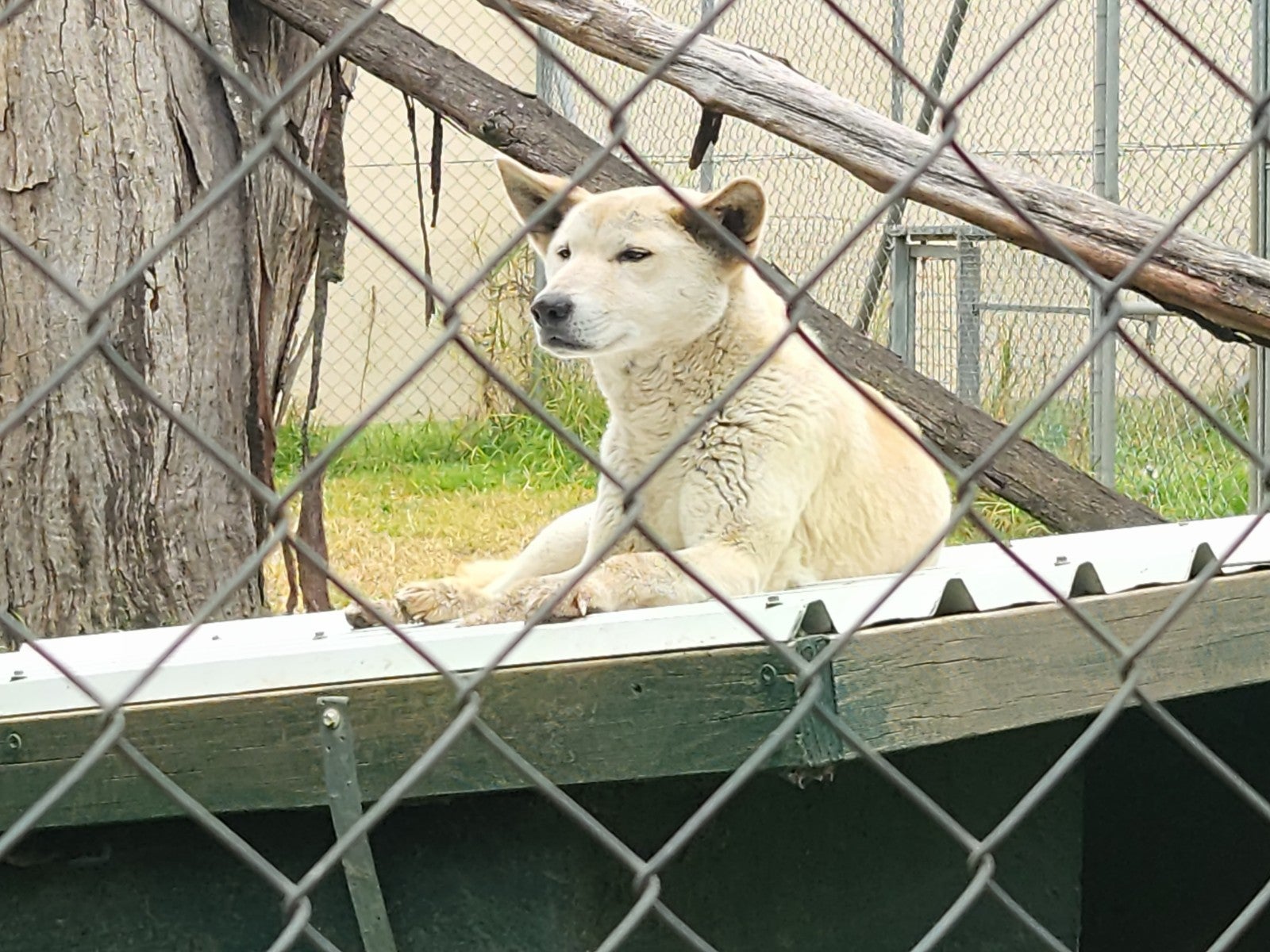Editor’s Note: This is the fifth installment of Dana Lynn McIntyre’s series of her adventures in Australia
An Australia animal sanctuary has reopened after it was destroyed by the massive bush fires that swept through regions along the east coast beginning in late 2019.
Bargo Dingo Sanctuary is near Wollongong, about 50 miles south of Sydney, New South Wales. It’s mission is to rescue, protect and breed purebred generations of Australia’s wild dog.
“Because of the 1080 (a baiting poison) and all the shooting and the culling of the dingo, people are not going to see them anymore in the wild. In 40 years time, you might be lucky to spot one,” said volunteer Lyn Cregan.
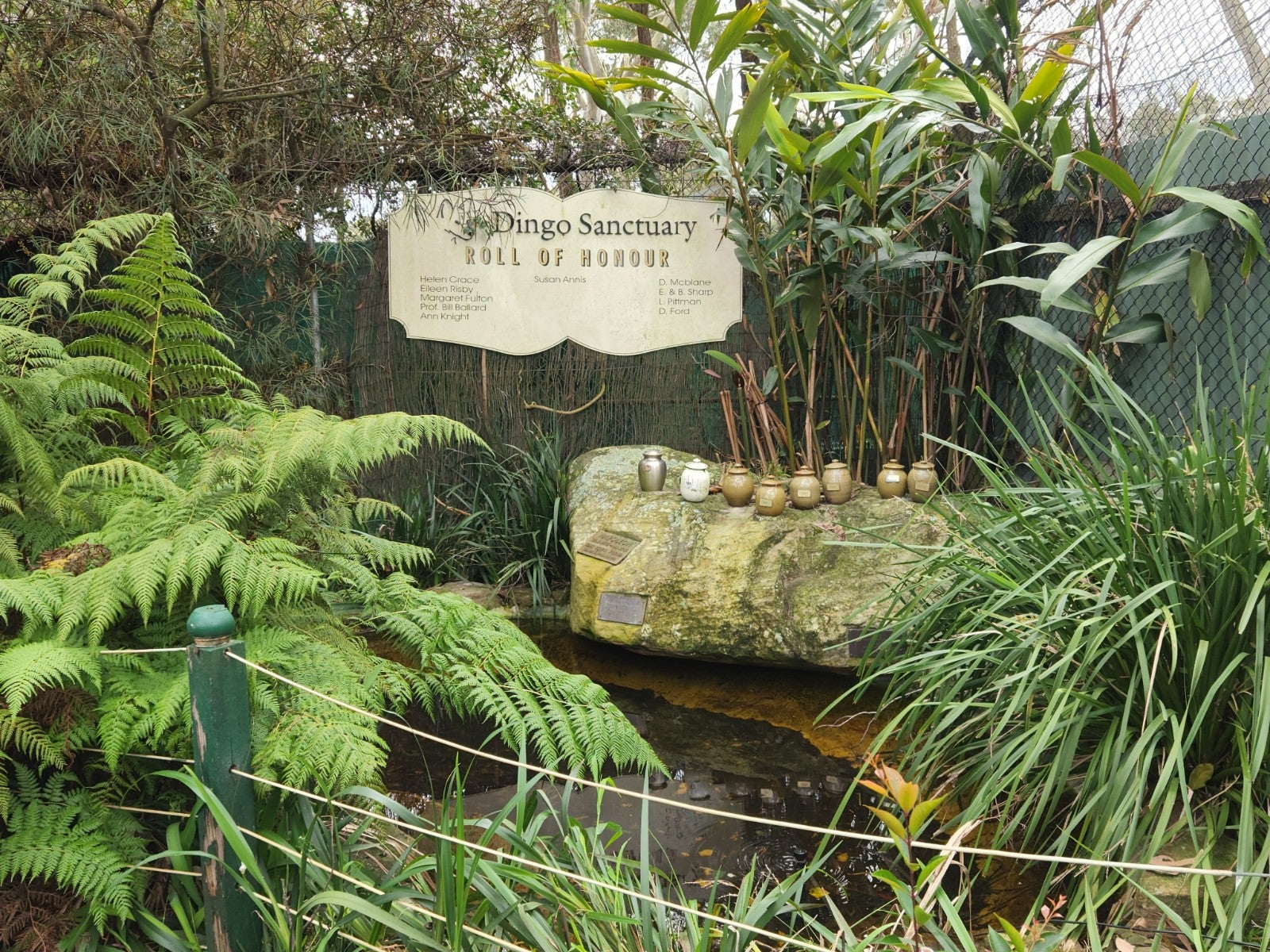
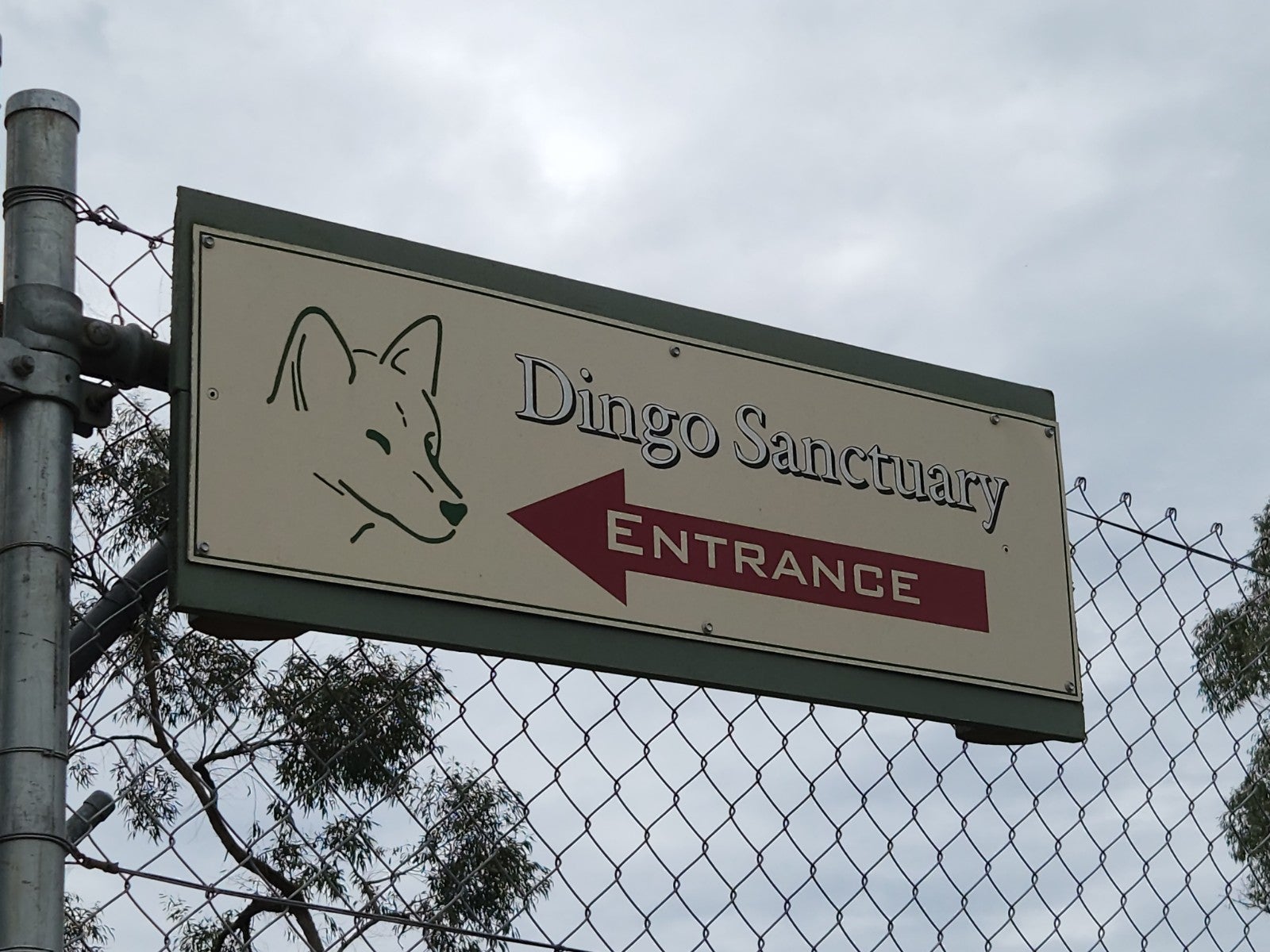
The sanctuary was in the path of the fire that swept through areas in eastern New South Wales.
Cregan and daughter Kristy-lea, were alone at the sanctuary with 32 dogs. They were given minutes to evacuate.
“It was very sudden; we weren’t expecting them to hit us at all. We were watching the flames,” she said. “Then all of a sudden, it was on our side. And then the fire brigade told us we had five minutes to get out. We grabbed six dogs all up and they were the ones we were able to get out at the time. And the drive away I see the fire and the smoke all behind us. Was very heartbreaking. It was hard.”
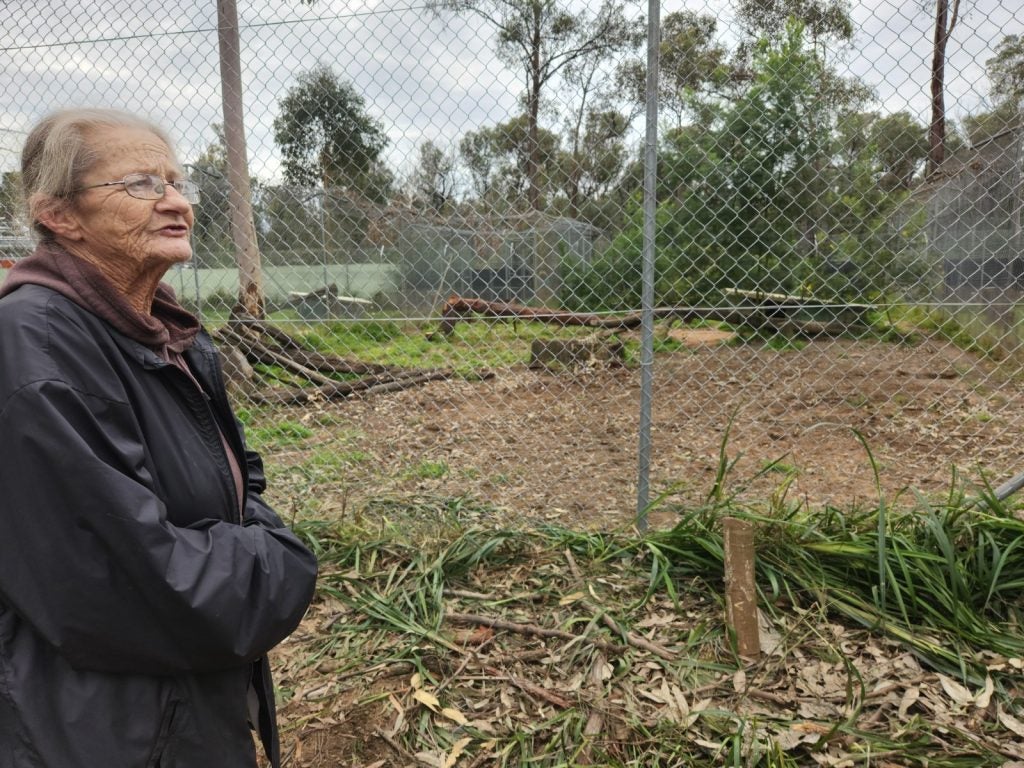
There are two dingoes in each enclosure with a shelter, similar to a large doghouse, built on a concrete slab. The dogs would dig trenches underneath slabs. Volunteers would fill in the trenches, the dogs would dig them out again. Finally, they decided to let the dogs have it their way.
That decision saved 26 dingoes.
MORE: Adventures Down Under: Nonprofit assists indigenous people
“They went under there and that’s where they were until were able to get the rest of them out,” Cregan said.
When finally able to return the volunteers discovered the dingoes were safe, but everything had been lost to the fire. Fallen trees had damaged the enclosures. Dogs went to stay in volunteers’ home while the property was cleared and rebuilding began.
That rebuilding process, already a challenge, was slowed when COVID-19 reached Australia.
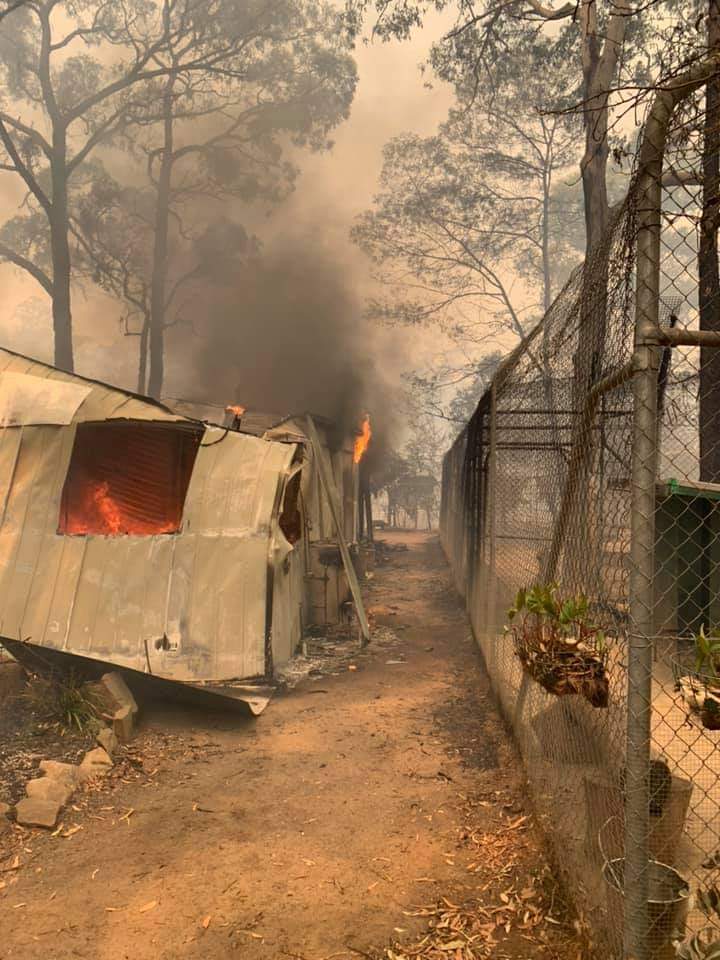
“It was very slow because we couldn’t have people here at the time. We’re only allowed two people at a time to work here,” Cregan said. A delay that exacerbated the sanctuary’s financial situation. “We rely on the donations from people and the tours and things like that, so it made it hard for us, the financial situation was hard.”
Work was completed on new enclosures allowing the sanctuary to resume welcoming tourists and tour groups to the facility.
“That’s a good educational experience for them. They can meet a dingo face to face. They can learn more about them,” Cregan said. “People are under the assumption that they’re just a pest and they will attack anything and anyone. We can teach people better here, teach them more about the heritage and the individual dingo, exactly what they are really like.”
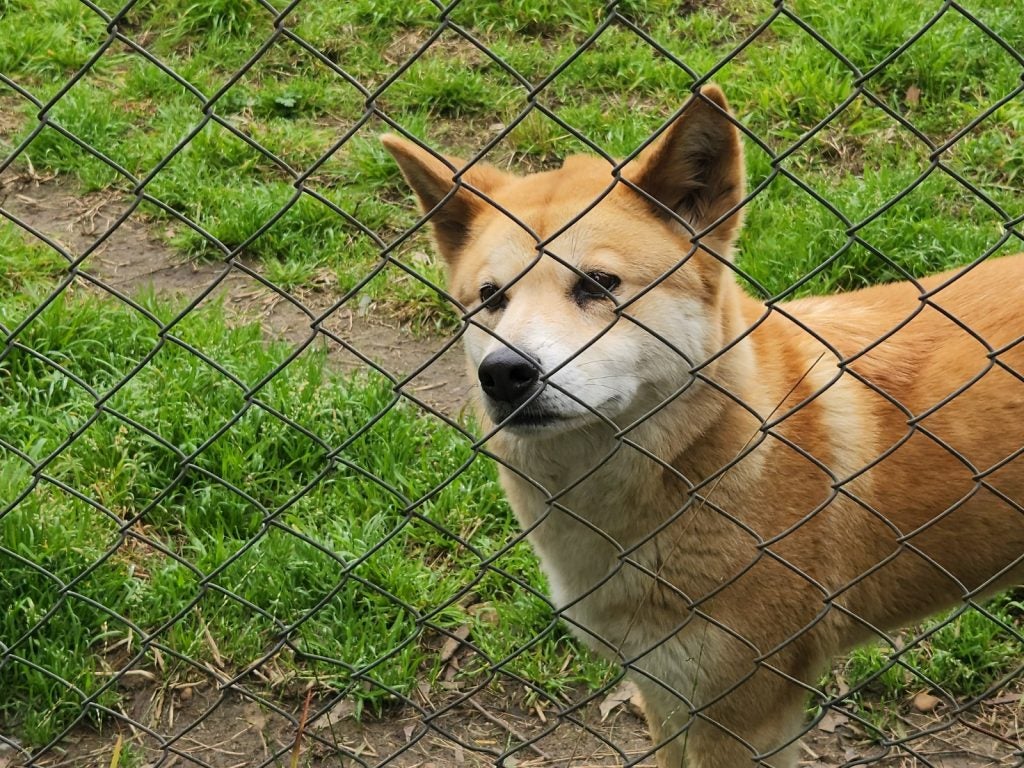
Although re-opened much work remains to be done to get the sanctuary fully operational again. A visitor center must be rebuilt along with storage buildings.
They are not yet able to resume walkup visitors, all visits must be scheduled and paid for in advance through the website. All souvenir items, ranging from jackets, T-shirts and other items of clothing to plush toy dingoes were lost. They have restocked on a limited basis but can do only cash transactions. Their credit card machine was destroyed and has not been replaced by the bank.
“We’ve been here six years now, and I don’t think we’ll ever leave. I think we’ll be here until the place either closes down or we die first,” Lyn Cregan said as her voice, touched by emotion, trailed off. “But it is good to have people back. It’s very good. We love it,” she added.
More information about the sanctuary is available at www.dingosanctuarybargo.com.au and the sanctuary has a Facebook page.
Next up in the series will be an interview with Marie McCreadie, author of “Voiceless.”
Dana Lynn McIntyre is a general assignment reporter for The Augusta Press. Reach her at dana@theaugustapress.com

